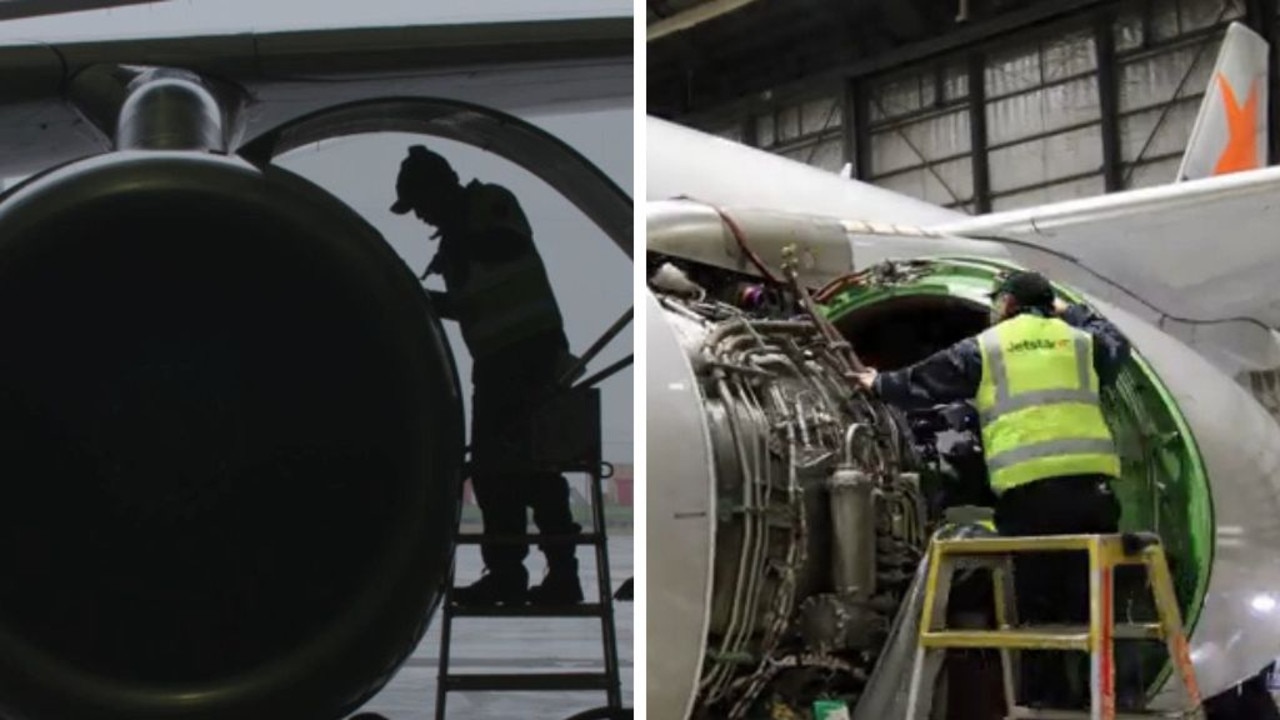Sydney Airport overhauls safety procedures following close proximity event between two Qantas planes
Sydney Airport has recently overhauled its safety procedures after miscommunication saw two Qantas flights get within ‘close proximity’ of each other.
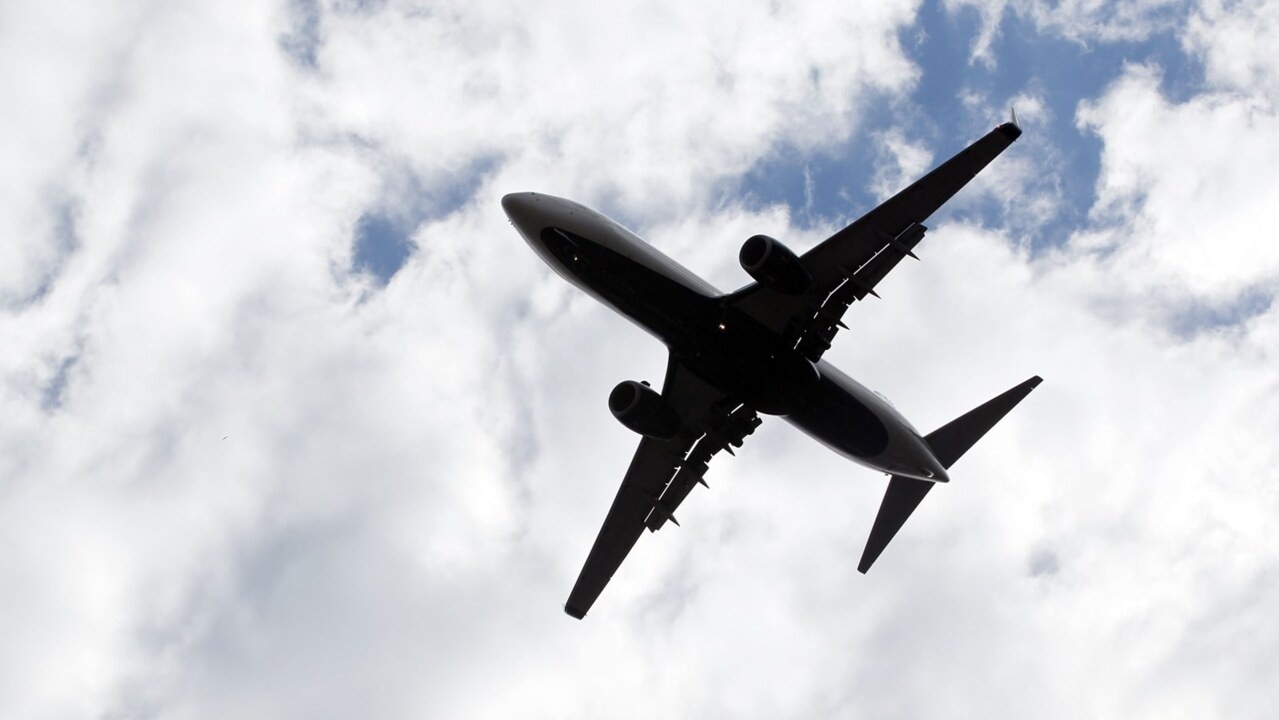
Australian pilots have shared concerns air safety measures have been “significantly eroded” after two Qantas planes nearly flew too close together as a result of miscommunication.
Procedures were overhauled at Sydney Airport after the “close proximity event” between the two 737s at Sydney Airport on April 29, 2023.
Australian Transport Safety Bureau were called into investigate the incident.
The final report found a Qantas operated Boeing 737 had lined up to take off from Sydney’s runway 16L en route to Brisbane.
As the Brisbane flight was lining up, a second Qantas 737 returning from Auckland Airport, New Zealand, was on the approach to land on the same runway.
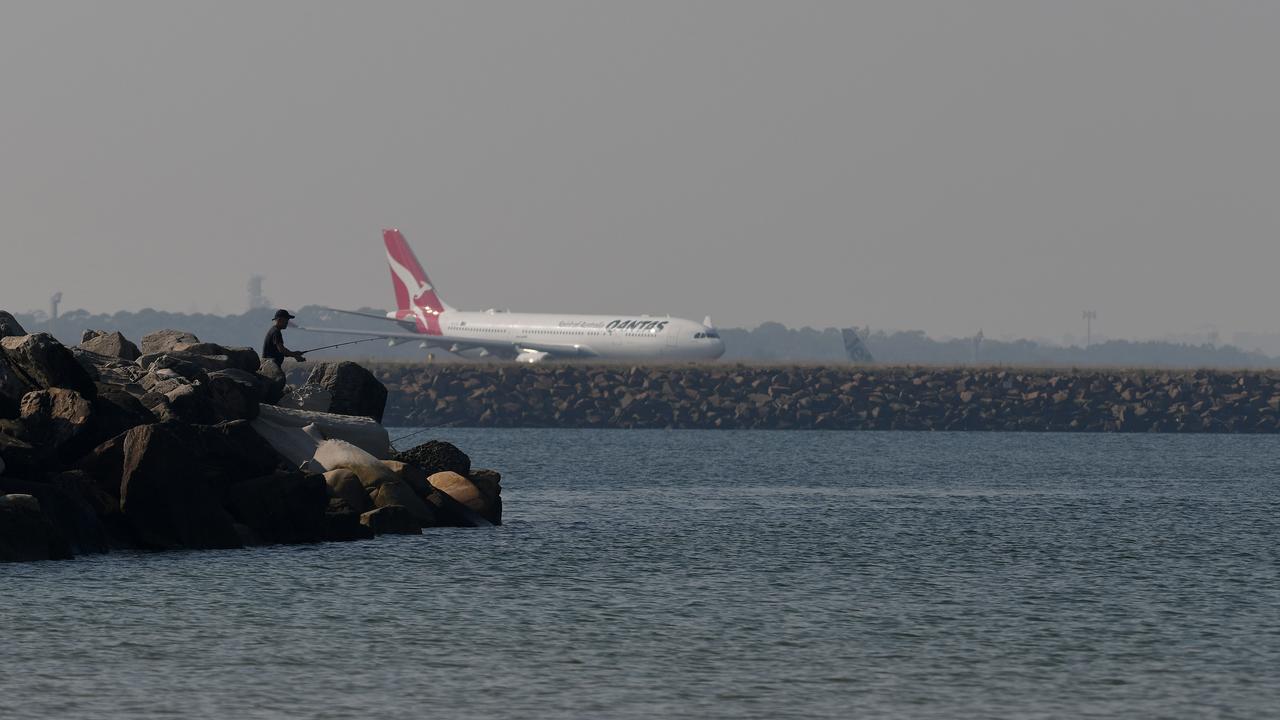
The close call
Shortly before the first aircraft was cleared for takeoff, a Cessna Citation Mustang was instructed to land on the same runway but took about 73 seconds to vacate the runway before the Qantas plane had a clear path to takeoff.
Once the outbound plane was given the all clear, an air traffic controller realised that the Qantas plane coming into land was too close behind the first plane to ensure there was enough separation between the two to avoid a collision.
However, the ATSB report found that due to an “inadvertent interjection by the tower shift manager”, the controller took an extra 12 seconds before telling the second aircraft to perform a go-around, while the first continued its takeoff from the runway.
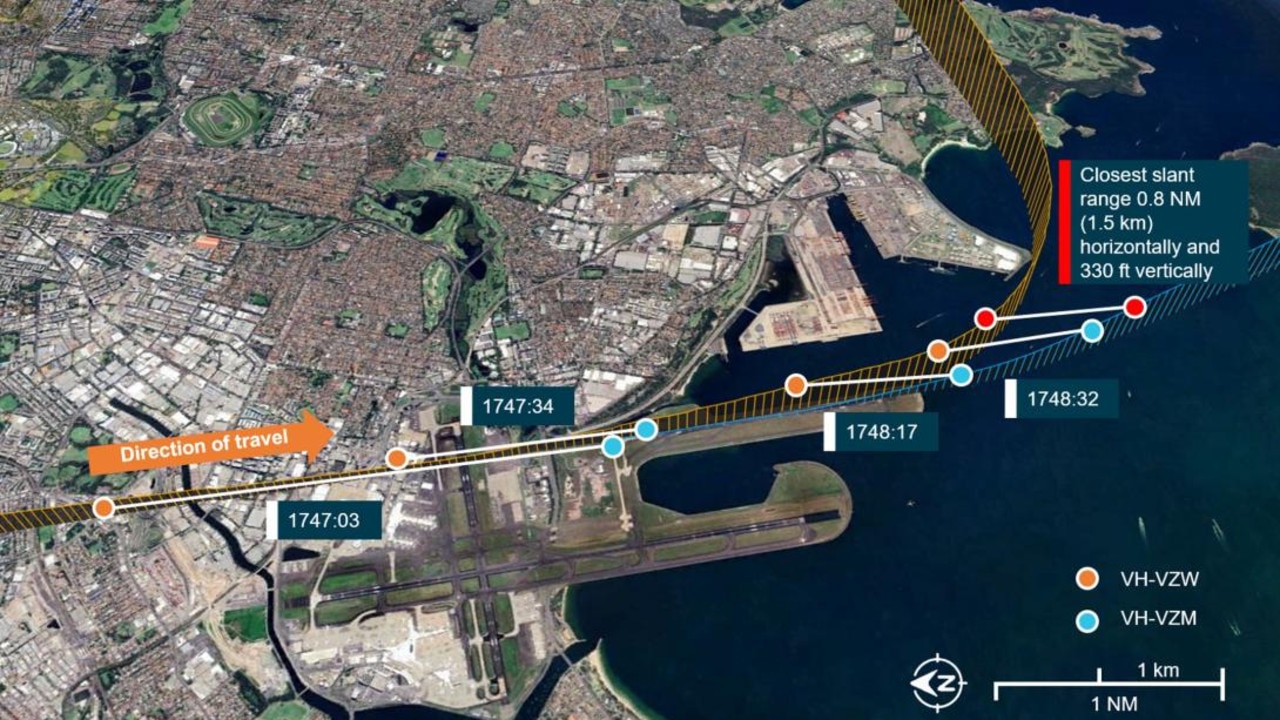
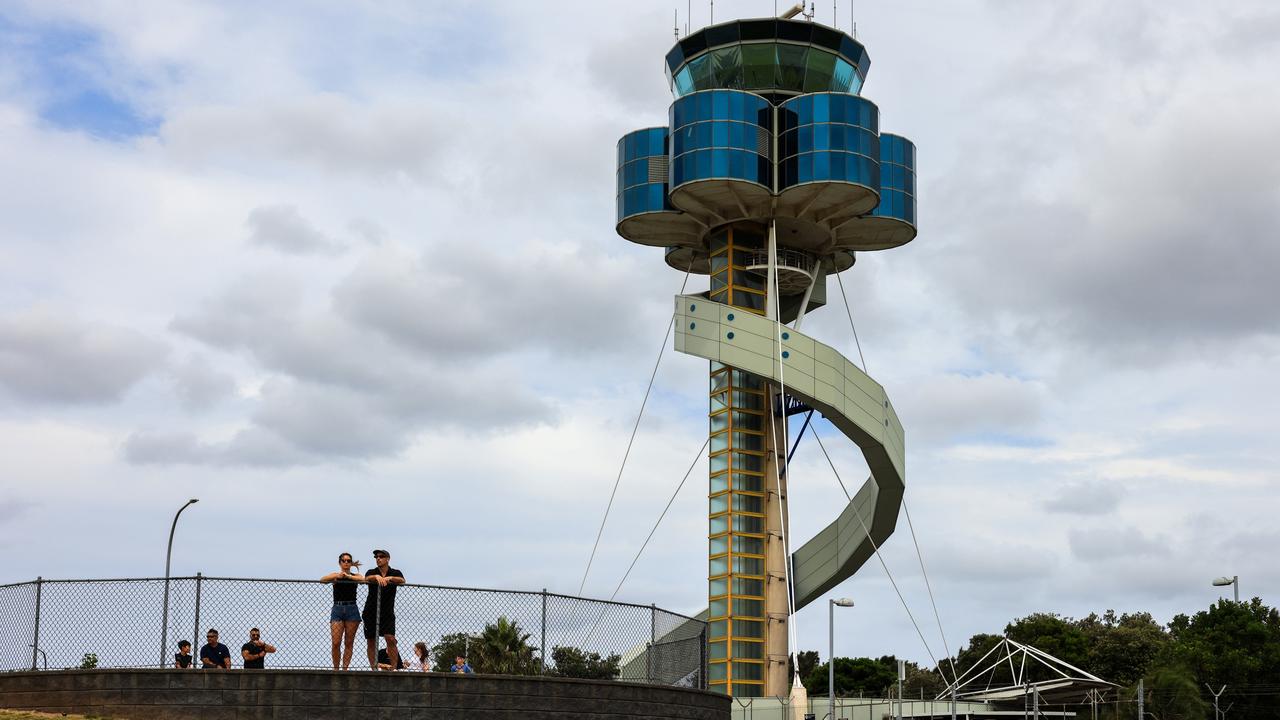
After completing the go-around, the incoming aircraft was instructed by the controller to turn left off its original runway heading after reaching 2,100ft altitude.
“The flight crew of the second aircraft, at this time of high workload, misinterpreted this instruction as overriding the published missed approach procedure, which calls for a left turn at 600ft,” ATSB Director Transport Safety Dr Stuart Godley said.
This error resulted incoming aircraft maintained the runway heading climbing through 600ft.
That decision resulted in both planes being separated by at least 1.5 km laterally and 330ft vertically as each plane climbed away from the runway.
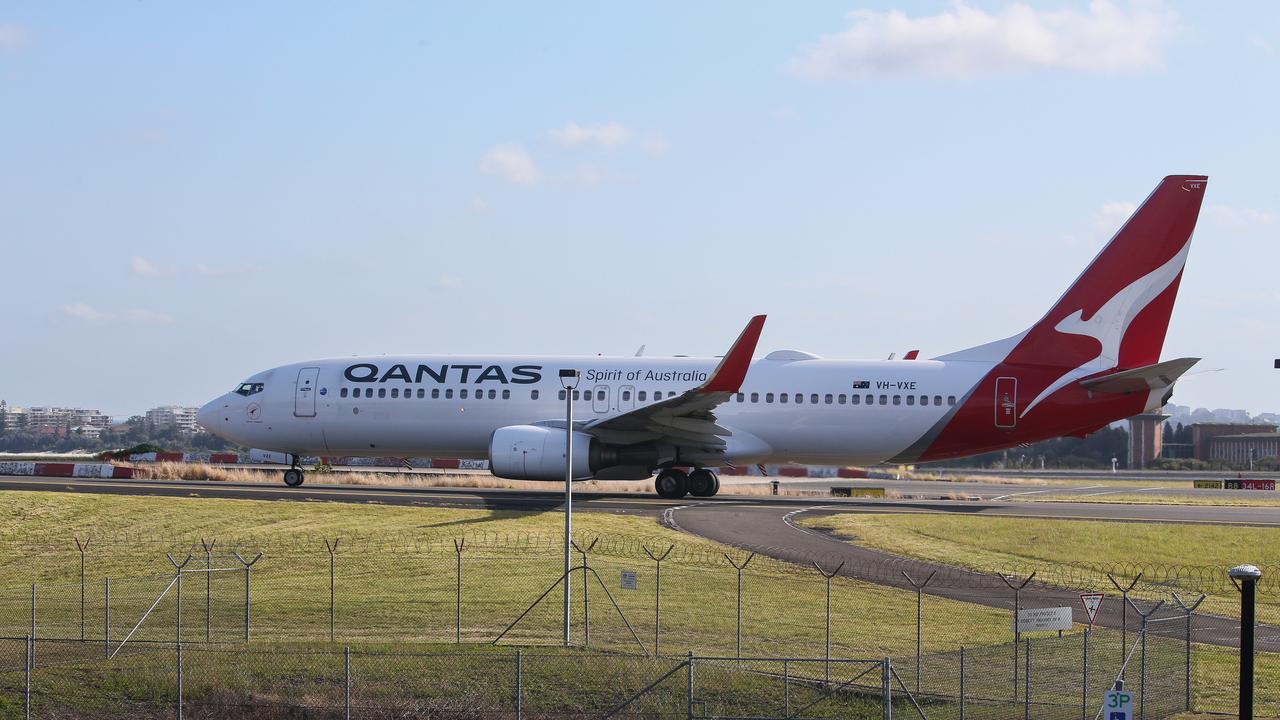
However, the report found the controller constantly had both planes in sight during the runway debacle, and the ATSB assessed that there was no safety concerns of a collision as adequate visual separation had been maintained.
“In complex airspace settings, it is inevitable errors will sometimes be made by controllers and pilots alike,” Dr Godley said.
“Consequently, the system within which these activities take place should be designed to be resilient to error and to reduce the impact that individual actions can have on the overall safety of operations.”
Solving future air safety problems
Dr Godley said Airservices Australia had informed ATSB that since the April incident a range of safety actions had been undertaken or would be carried out to ensure safety is upheld.
“These include a detailed analysis of landing runway occupancy times at Sydney, and possibly other major airports, to determine expected runway occupancy times for different types of aircraft and conditions,” Dr Godley noted.
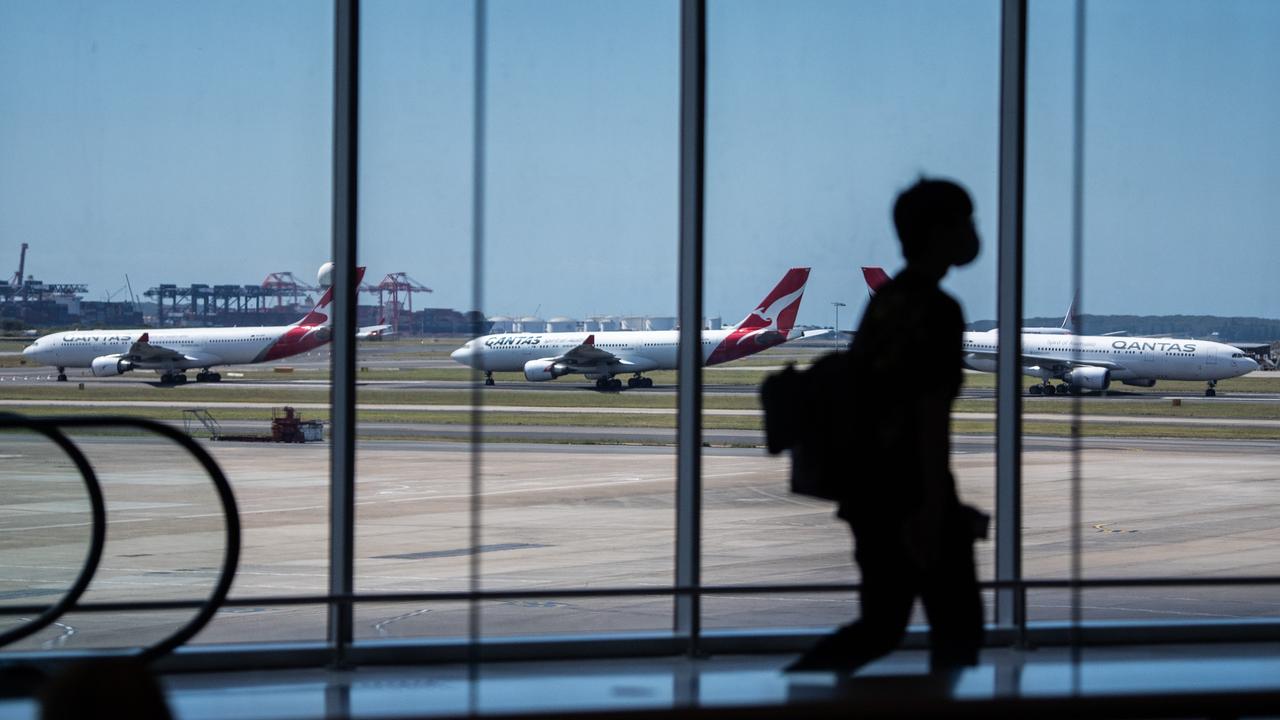
Air Safety Australia has also implemented other actions to improve ongoing safety procedures including:
- adding defensive controlling techniques and minimum assignable altitudes for go-around scenarios
- conducting an assurance review of go-arounds at Sydney involving a second aircraft requiring controller intervention
- Night-time go-around scenarios to compromised separation training have also been introduced at Sydney Airport.
Concerns continue for pilots
The Australian Federation of Air Pilots (AFAP) welcomed the report and was “pleased to see” the changes made by Airservices Australia.
However, AFAP safety and technical manager Captain Marcus Diamond said this isn’t the first time a close proximity scenario has happened and these safety measures should have already been in place.
“There have been many similar separation incidents here and overseas that have influenced the safety culture and procedures of air navigation providers over the years,“ Mr Diamond said.
“This is one of the reasons the deficiencies at Airservices Australia are so concerning.
“Our safety margins, built painstakingly over decades, have been significantly eroded in Australia.”
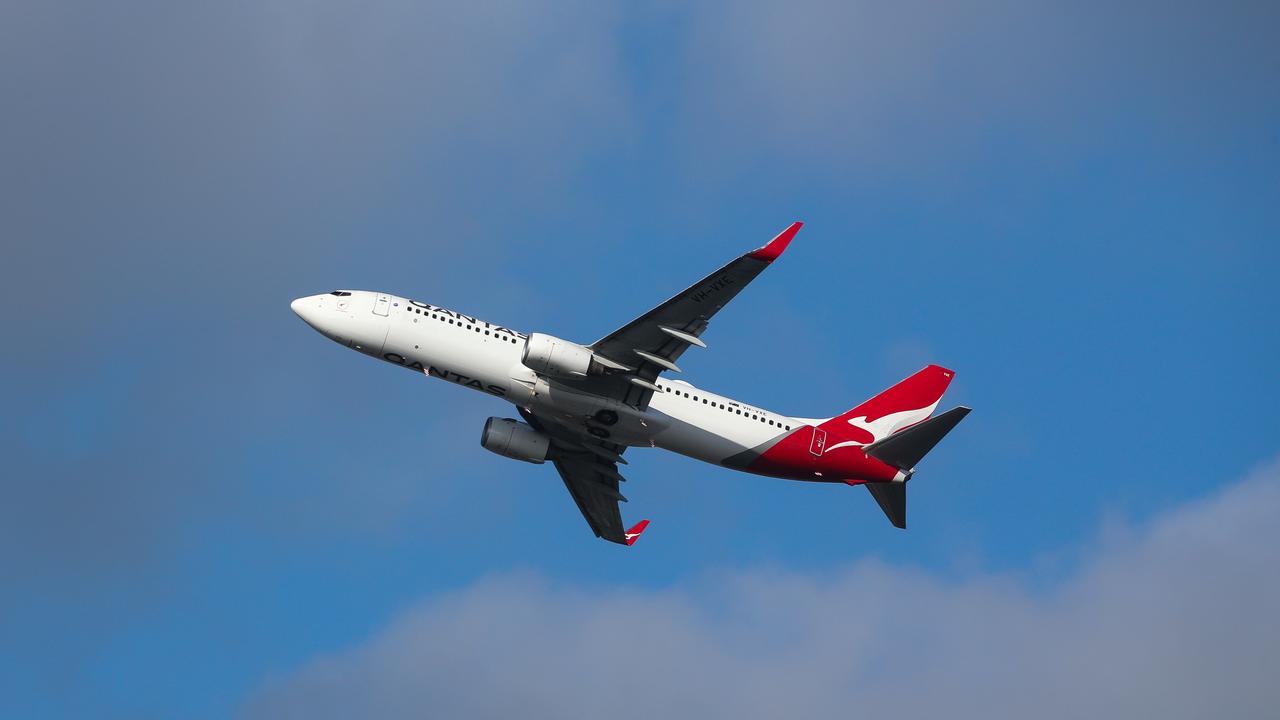
Mr Diamond said AFAP continues to raise concerns that Airservices Australia remains understaffed, after it staff were given the opportunity to retire during the pandemic.
“The Australian Federation of Air Pilots also continues to maintain that air traffic control services remain chronically understaffed,“ he said.
“We continue to be very concerned about the resultant pressures that these air traffic service deficiencies place on Airservices Australia’s air traffic controllers.”
An Airservices Australia spokesman declined to comment on the report but referred to the safety actions already being implemented as stated by ATSB.
A Qantas spokeswoman said their pilots followed the air traffic control directions at all times.




